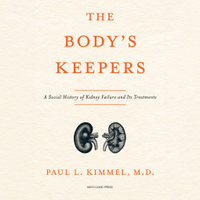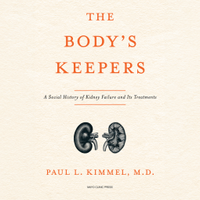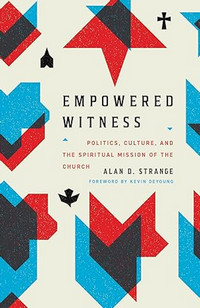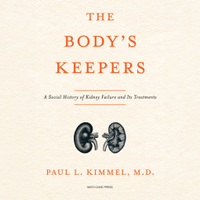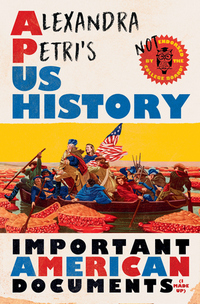 The World According to Cunk:
The World According to Cunk:
An Illustrated History of All World Events Ever*
*Space Permitting
by Philomena Cunk
DETAILS: Publisher: Grand Central Publishing Publication Date: November 19, 2024 Format: eARC Length: 256 pg. Read Date: November 2-5, 2024

This Was Harder to Write than I Expected
There was a part of me that wanted to just do a light edit of my post about Cunk on Everything: The Encyclopedia Philomena and call it good. But that seemed like cheating. But there are giant parts of it that would work.
Still, I’m borrowing a little here and there from it, just so I don’t have to re-invent the wheel. I apologize in advance if you don’t appreciate that. Also, let this section serve as an all-purpose footnote so no one accuses me of plagiarism.
What’s The World According to Cunk About?
It’s a history of the world, as much of one as Cunk can fit into 50,000 words with minimal research, anyway. The point is to get it out in time for the holiday season—targeted toward the UK and the US, so it’ll predominantly be about the history of that/those cultures, while remaining the sort of history book that recognizes that things happen in parts of the world that aren’t dominated by Western Culture.
Also, we’re told, that she’s taking the innovative approach to history and will be writing chronologically, not alphabetically or by some other standard. Whodathunk it? History in order. I tell you, what this Philomena Cunk is a gutsy maverick.
If you’ve watched YouTube videos, Instagram reels, or any of the other quick ways we share videos online (with or without copyright infringement), or if you’ve seen any of the various series/specials on Netflix or British TV networks that I can’t remember the names of, you know what you’re getting into with Philomena Cunk. If you haven’t, well, that’s trickier. It means you’re a reader or something rare like that—Cunk is a fictional documentarian (or at least the presenter of them). her approach to the documentary specials or the history in this book are a combination of naïveté, misunderstandings (especially in mispronunciation/misspellings), and cynicism.
Miscellaneous Observations
Doing a deep dive on this would be difficult for two reasons—I read an ARC, so I don’t want to quote anything (also, it would be very hard to know when to stop. Ask my wife, after you read the end). The second, and primary reason, is that if I talk too much about things, it’ll ruin the jokes for you when you read this (and you really should)
In lieu of that, here are some miscellaneous observations:
 Every time Cunk looks at non-English speaking cultures was a win.
Every time Cunk looks at non-English speaking cultures was a win.
 You’d think that there are only so many jokes you can make about “the Dark Ages” involving the absence of luminescence—and that few of them would be funny. And you’d be wrong on both counts.
You’d think that there are only so many jokes you can make about “the Dark Ages” involving the absence of luminescence—and that few of them would be funny. And you’d be wrong on both counts.
 Best WWI humor since Black Adder Goes Forth. I don’t know that there’s a lot of competition there, but Cunk nailed that material.
Best WWI humor since Black Adder Goes Forth. I don’t know that there’s a lot of competition there, but Cunk nailed that material.
 The technology jokes landed every time.
The technology jokes landed every time.
 I’m still chuckling at the phrasing for Caesar’s cause of death
I’m still chuckling at the phrasing for Caesar’s cause of death
 You are going to hear Diane Morgan’s deadpan delivery in your head whether you read this or get the audiobook. Just know that going in. (you likely assumed it that already, so know that you’re right).
You are going to hear Diane Morgan’s deadpan delivery in your head whether you read this or get the audiobook. Just know that going in. (you likely assumed it that already, so know that you’re right).
It Did Falter a Bit
The last chapter, “The Global Globe” started off strong, but as the history got more and more current, the humor changed. Maybe it’s that Cunk’s particular brand of absurdity requires some distance to really work. However you explain it, this just didn’t work for me.
Now, was it funny political humor? Satisfying satire? Yes—I truly appreciated almost all of it. It just didn’t feel very Cunk-like. I couldn’t “hear” Diane Morgan’s voice. If it’d been in another book, I’d have really liked the end of this last chapter. But here? It just felt out of place.
So, what did I think about The World According to Cunk?
I didn’t see (but maybe overlooked) the writers behind this book listed anywhere—but whoever they were, they deserve a round of applause. Or two.
I chuckled and laughed out loud a lot while reading this. There’s really not much more to say—that’s what they were going for.
My wife doesn’t get the appeal of Philomena, I don’t know why, I think it’s undeniable and obvious. So I really annoyed her by reading lines or paragraphs to my daughter while the three of us were in the same room. Sometimes, I had a stockpile of parts my daughter would like from reading when we weren’t in the same room. My kid and I had a lot of fun laughing together at this while my wife just looked at us strangely. I don’t share this to give you more insight into our fun little family dynamic—but to say that at least once (maybe three times, but Mrs. Reader denies this) even she laughed.
Seriously, up to the end of the last chapter, this was about as fun as you could want. Since I discovered Dave Barry Slept Here decades ago, I’ve been a sucker for history comedy—and The World According to Cunk by Philomena Cunk is a great entry in that category. (you might want to skip most of what happens after 1980).

Disclaimer: I received this eARC from Grand Central Publishing via NetGalley in exchange for this post—thanks to both for this.
This post contains an affiliate link. If you purchase from it, I will get a small commission at no additional cost to you. As always, the opinions expressed are my own.
![]()




